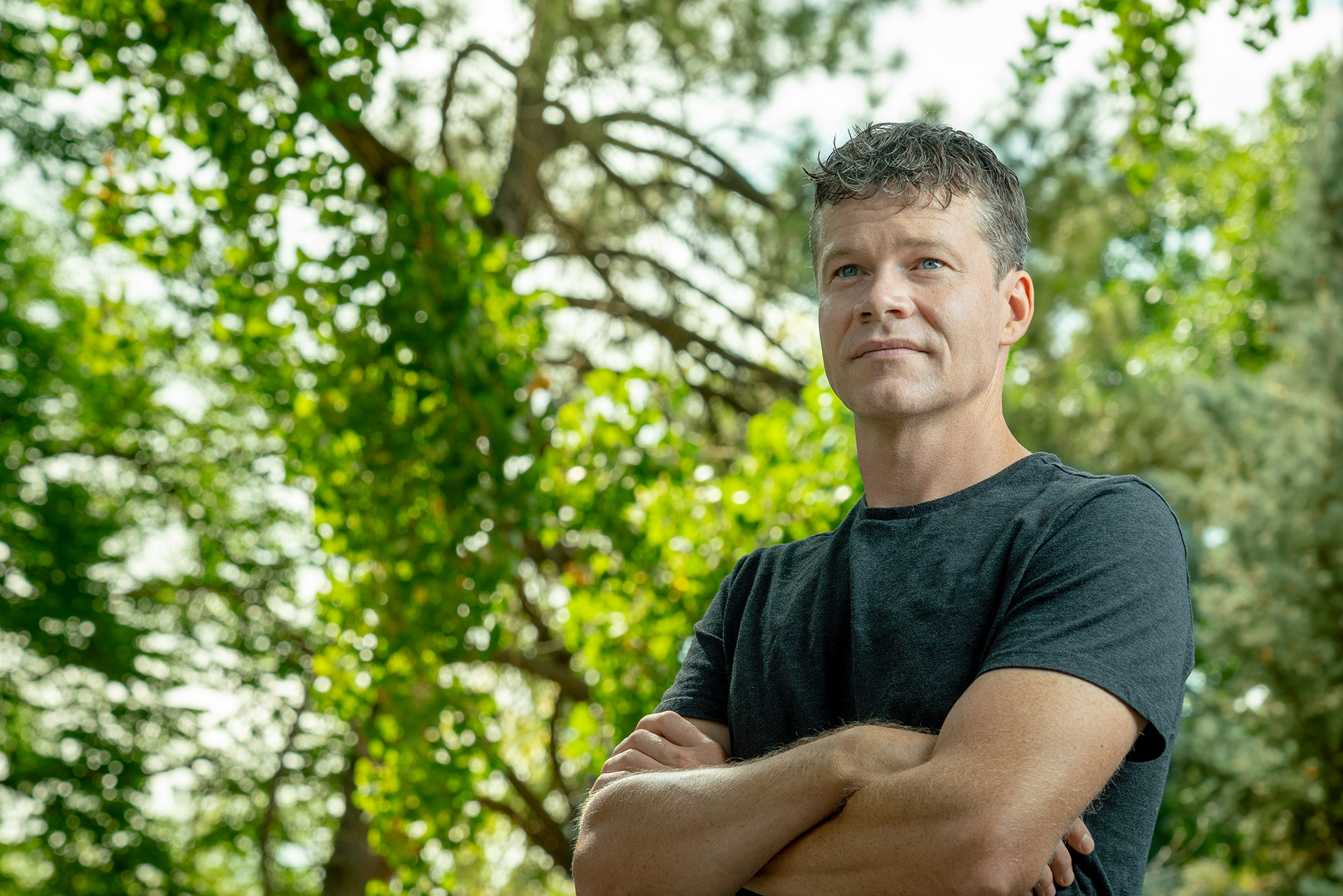
With an award amount of over $595,000 from the National Science Foundation, Colorado State University will spearhead a new study to determine the role of topography in subduction zones, where two tectonic plates collide.
The study will be led by Department of Geosciences Assistant Professor Sean Gallen.
When tectonic plates collide, one layer of rock is pushed underneath the other. Gallen will analyze field data of rock uplift histories and combine that with mathematical models for how topography changes through space and time.
The findings for the project may provide a clearer understanding of how landscapes respond to and record plate boundary shifts and fault motions that relate to earthquake hazards.
“I am interested in looking at a portion of the subduction zone and trying to map it out in space and time, to see what the vertical motion history or the rock uplift history is,” Gallen said. “Based on that, we can try to understand the different components in the subduction zone that are generating the uplift that we observe at the Earth’s surface.”
The team’s research will take place primarily in the Calabrian subduction zone in southern Italy. Gallen said that this area is of significance due to its hypothesizeddeep earth signal. With the technology and field data used in the project, the results will aim to quantify the true magnitude of the various components of subduction zone dynamics which uplift landscapes and build mountains along these tectonic plate boundaries in a new, more concrete way.
To locate and observe the details of uplifted rock, the team will develop a mathematical model that will use existing and newly collected geological data to make predictions of the historical topographical change above the subduction zone.
“This could open up a whole new worldabout new feedbacks in the system that people really haven’t studied in a great amount of detail,” Gallen said. “That’s the part I’m interested in and excited about — developing the methods and collecting all this new data and applying it to the setting in Italy. We want to move away from, ‘We think this is happening,’ and be able to say, ‘Okay, this is happening.’”
With a long career in field geology, the use of mathematical modelling is somewhat new for Gallen. He looks forward to the discoveries and new opportunities this technology may be able to lend to his research.
“We’re proposing a framework that has actually been around since the early 1990s, it just hasn’t been used very much, and we’re going to package it up in a new way,” Gallen said. “Hopefully, we’ll have a useful inference of the uplift history and create a unified framework.”
Opportunities for student engagement
Another component of the study will involve Gallen recruiting two doctoral students in the Department of Geosciences. He will also create an undergraduate training network as part of the research project.
“We’re hoping that we can get students from traditionally underrepresented backgrounds in the geosciences,” Gallen said. “This research project will be able to teach students at different levels skill sets that are valuable to understanding relationships between things like tectonics and climate or how to calculate rock uplift, and that all is going to be based on primary data sets that we collect.”
With the research and outreach and education components intertwined, this study will shed more light on the complex historiesand dynamics of subduction zone tectonics and build a more connected and diverse network of geologic interest for the future.
The start date for this project is Aug. 2021 and it is estimated to end July 2026. For more information on the project, visit the project page at 2041910 on the NSF website.